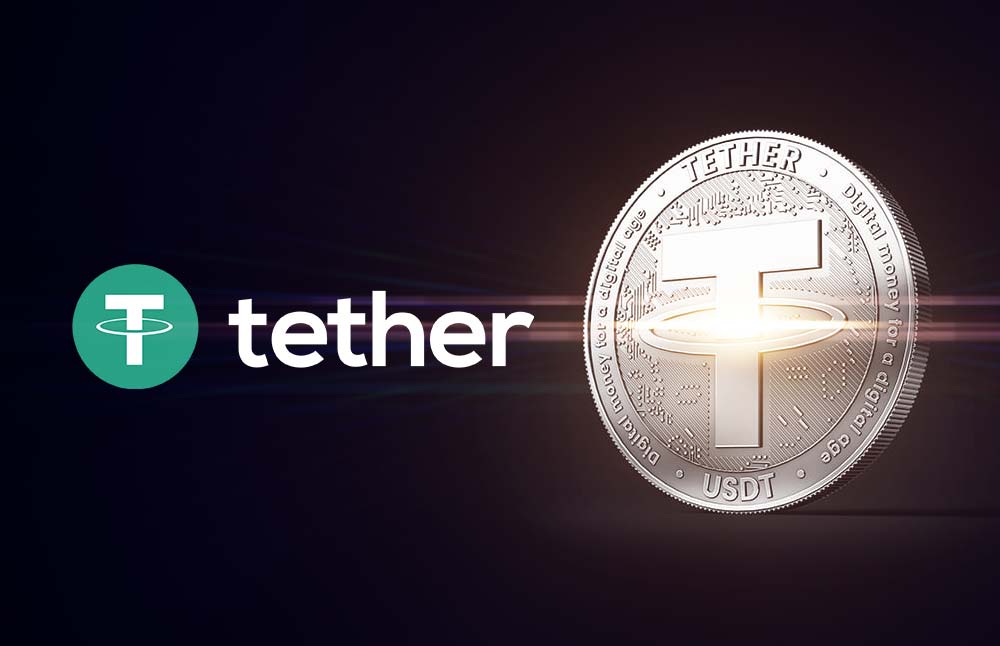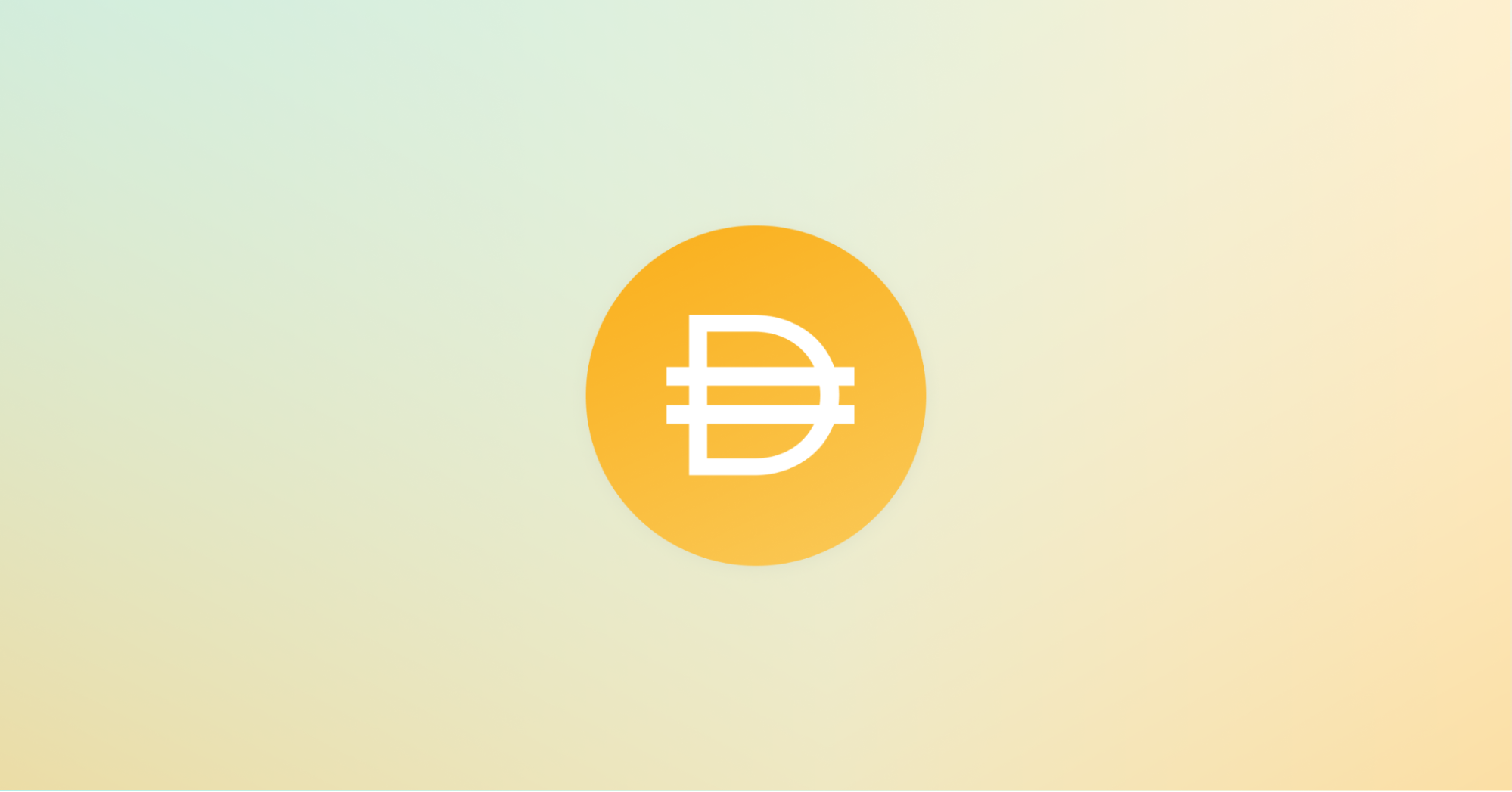There is a popular joke in crypto about someone who bought £100 worth of a stablecoin and was expecting the value to go up. It is easy to make the same mistake if you don’t know the answer to the question, what is stablecoin?
This article not only answers that question but also offers a deep dive into the different kinds of stablecoins that exist. It also discusses how they’re created, why they are valuable, and how you can get your hands on some stablecoins.
Table of Contents
If that is the information you’re looking for, then grab a cup of coffee, and let’s get started.
What Is Stablecoin?
Put simply, a stablecoin is a kind of cryptocurrency designed to maintain a stable value. Unlike Bitcoin and other cryptocurrencies that fluctuate in price nearly every minute, the price of stablecoin is designed to remain at a fixed value or range.
To achieve such stability, the price of a stablecoin is often pegged to a real-world currency such as the US Dollar, British Pound, Japanese Yen, etc.
Hence, one unit of a cryptocurrency pegged to the British Pound will always be worth £1 or at least a value very close to it, e.g, £0.999 or £1.001. The same rule applies to any stablecoin pegged to a fiat currency.
Stablecoins can also be pegged to assets like gold. In such a setting, the value of 1 unit of the cryptocurrency will be equal to the market price of the asset that it tracks. Also, depending on the terms specified by the company that issued them, holders of the stablecoin may have the choice to redeem their coins and receive its equivalent in the underlying asset.
Types of Stablecoins
Currency-backed coins
The most common kind of stablecoins are those with their value pegged to fiat currencies. Although many companies are exploring the creation of non-USD coins backed, most of the stablecoins today are tied to the US Dollar.
Examples of non-USD-denominated stable-price currencies include the EURS (offered by Statis), and TrueGBP (offered by Trust Token).
Asset-Backed coins
These kinds of coins track the price of precious metals such as gold and silver. The idea is to allow people to own and trade the underlying asset, without necessarily holding it. Holders can theoretically redeem their coins at any time and get the underlying assets in exchange.
Pax Gold (PAXG) from US-based Paxos Trust Company, is the most popular example of an asset-backed stablecoin.
Crypto-backed coins
This is a more complex kind of cryptocurrency first pioneered by Ethereum-based protocol, Maker. Note that stablecoin issuers must maintain a reserve that is equal or even greater in value to the number of coins in circulation.
Crypto-backed stablecoins such as the DAI token by Maker solve this problem using smart contracts, meaning that there is no central entity issuing the stablecoin. Users lock ETH or other accepted cryptocurrencies and then mint DAI. Upon returning the minted DAI to the protocol, they receive their collateral back. (more on this later)
The Most Popular Stablecoins
1. Tether (USDT)

Market Cap: £36 billion.
Tether (USDT) is arguably the most widely used stablecoin. It is issued by Tether Ltd, a company closely affiliated with a cryptocurrency exchange, Bitfinex. Although Tether initially operated outside the regulatory purview and didn’t publish regular audits of its reserves, the company has since made amends.
You can buy Tether on most cryptocurrency exchanges, and the token is also available on multiple blockchains such as Ethereum, Solana, Binance Smart Chain, Tron, etc.
2. Circle USD (USDC)

Market Cap: £8 billion
USDC is a cryptocurrency insured by the Centre Consortium, a group of crypto-related companies that notably includes Coinbase and Circle. Despite launching in late 2018, USDC has captured a large share of the stablecoin market, thanks to its affiliation with leading crypto exchanges.
USDC is available on most cryptocurrency exchanges, although not as much as Tether’s USDT. USDC is also supported by multiple blockchains including Ethereum, Solana, Stellar, Algorand, and others.
3. DAI (DAI)

Market Cap: £2.6 billion
As noted earlier, DAI is a stablecoin not issued by the company. Instead, it is issued by a decentralized protocol called Maker. Anyone can mint DAI by depositing assets to a vault that they manage.
The amount being deposited must be at least 150% or more of the quantity of DAI that they want to mint. This would mean that someone who wants to mint 400 DAI needs to deposit at least $600 worth of ETH to their DAI vault.
This over-collateralised approach allows DAI to maintain its 1:1 peg with the U.S dollar. If at any time the value of deposited assets falls below the 150% threshold, then the vault liquidates the deposited ETH. DAI users can pay off their loans by returning the borrowed coins, thus redeeming their collateral.
The perk with using DAI is that users are in control of the stablecoin and don’t have to trust any company with the issuance process. At the same time, they can earn more than the 1% interest rate on their DAI borrowing by depositing the minted DAI on some decentralised finance (DeFi) platforms.
4. Binance USD (BUSD)

Market Cap: £5 billion
In 2019, cryptocurrency exchange, Binance partnered with Paxos to launch the Binance USD (BUSD) stablecoin. BUSD will grow to become the most popular USD pairing on Binance and is also being adopted for DeFi platforms on the Binance Smart Chain.
You can buy BUSD on Binance and a few other exchanges that support it.
How are Stable Cryptocurrencies Used?
1. Hedge Against Volatility: Stablecoins are primarily used to hedge against the volatile price of cryptocurrencies.
For instance, traders and investors can convert a portion of their BTC holdings to USDT to preserve the dollar value of their profit or investment. This is true especially when the BTC price is dropping, and holders do not want the USD value of their BTC to drop even lower.
2. Payments: Cryptocurrencies are not ideal for payments because of their highly volatile nature. You can send someone £50 worth of Bitcoin and they end up receiving £47 worth because the BTC price dropped in the process.
Stablecoins remove the volatility risk and allow for payments to be settled for their actual value. Hence, it is not surprising that merchants and even companies like Mastercard now support stablecoin settlements.
3. Lending and Borrowing: Crypto lending platforms and DeFi protocols offer roughly 8%-12% annual percentage yield (APY) on stablecoin deposits. Users convert their cash holdings to stablecoins so that they can benefit from these yields, which are significantly higher than what traditional banks offer.
Aside from getting paid interest, users can also borrow stablecoins while using their crypto holdings as collateral.
The Creation Process
New stablecoins are typically created as tokens on a blockchain. Ethereum-based stablecoins such as USDT and USDC are created using the ERC-20 token standard and then held at an address from which distribution takes place.
There is no fixed supply since the number of tokens issued will ultimately be determined by the demand.
The company behind the stablecoin usually partners with a bank or other regulated custodians to hold the cash or asset reserves that back the number of tokens they put into circulation. This ensures that at all times, users are able to redeem their coins and receive their equivalent in the underlying asset.
At the same time, the stablecoin issuer will publish periodic reports from trusted auditors, confirming that the amount being held in reserves is equivalent to or more than the coins in circulation.
Upon requesting to redeem stablecoins for cash, the issuer takes the returned tokens out of circulation through a process called burning (sending them to a cryptocurrency wallet address where it cannot be recovered).
Why Have Stablecoins Become so Popular?
Crypto is Going Mainstream
For one thing, the popularity of stablecoins largely correlates with the increased mainstream adoption of cryptocurrencies.
In a near £2 trillion market, there is a growing demand for an effective channel for both new and existing investors to hedge their positions against market volatility. Stablecoins perfectly serve this purpose and will likely continue to do so in the foreseeable future.
High-Interest Rates
With interest rates on cash holdings continually decreasing, the lure of converting cash to stablecoins becomes more appealing to investors.
As noted earlier, many exchanges and crypto lenders offer up to 10% APY on coin holdings, hence increasing their popularity and generating more demand.
For countries with high inflation rates, preserving the value of their wealth in USD via a stablecoin is an enticing prospect.
Defi Protocols
Aside from custodial cryptocurrency exchanges and lenders, decentralised blockchain protocols support stablecoin lending and borrowing at mouthwatering rates.
Maker, mentioned earlier, had over £7 billion worth of assets locked in its protocol to mint DAI tokens. Therefore, it is safe to conclude that DeFi has greatly increased the popularity of stablecoins.
Why Stablecoins Have Value
Stablecoins are valuable because the issuing company or protocol maintains a cash or asset reserve that is equal to or greater than the number of tokens in circulation.
Holders can redeem their tokens anytime without worrying about losing their money.
Without a fully-backed reserve, a stablecoin would be nothing more than a fiat currency that is only backed by trust and faith in the government that issues it.
How to Get Yourself Stable Crypto
1. Exchanges and Brokers: The easiest way to get a stablecoin is to buy them on a cryptocurrency exchange platform.
Cryptocurrencies such as USDT and USDC are often listed as paired with BTC and altcoins, e.g BTC/USDT.
Using the order book or an instant conversion feature, you can directly convert your BTC to USDT. The same applies to any other crypto paired with USDT on your exchange of choice.
Additionally, exchanges like Binance offer the chance to buy stablecoins using a credit or debit card.
2. Stablecoin Issuers: Institutional investors and merchants who need to convert millions of dollars in fiat to stablecoins can directly contact the issuer to handle their orders.
As one would expect, such large buyers often receive special perks and attention with technical issues related to their purchase.
3. Minting: Using a web 3 wallet such as Metamask, users can mint the DAI stablecoin by depositing ETH or other approved assets in a personal vault. This process is relatively complex and primarily benefits only individuals with experience in using DeFi applications. You can read the full guide on minting DAI tokens.
Pros & Cons
Pros
- Stablecoins provide a hedge against volatility in the cryptocurrency market.
- They are more suited for payment purposes than cryptocurrencies.
- They offer higher interest rates compared to banks and other traditional low-risk assets.
- Stablecoins provide a base for pricing assets used in decentralised finance (DeFi) protocols.
Cons
- Stablecoins can temporarily lose their 1:1 peg during periods of peak market volatility and demand. It is not unheard of for stablecoins to trade below $0.99 or even above $1.02.
- Stablecoin usage encourages users to store their assets with custodians such as exchanges and lenders. This is against the self-sovereignty ethos of Bitcoin and cryptocurrencies.
Conclusion
This article explained what a stablecoin is and the different types that currently exist in the market. It also listed the most popular and addressed questions regarding why stablecoins have value and the pros and cons of using them.
Now, it is easy to see the irony in buying a stablecoin and expecting its value to go up. These assets are meant to be truly stable and anything less is often unacceptable.





 usdt
usdt bnb
bnb

